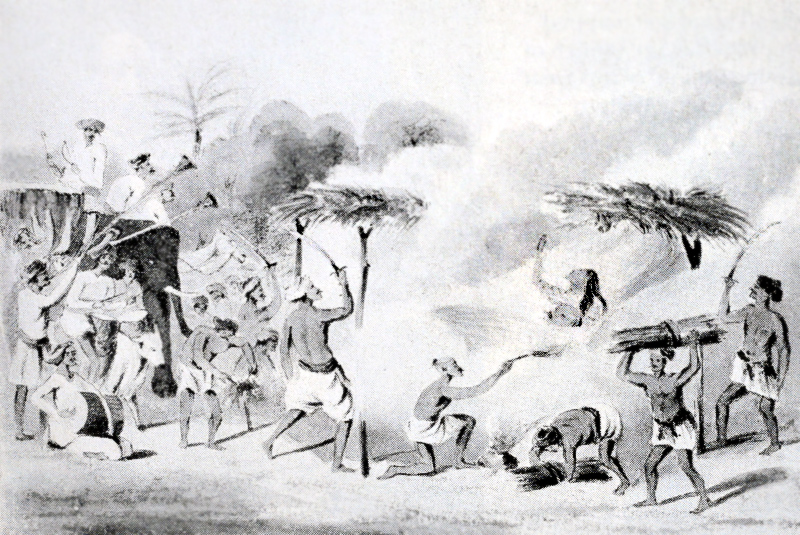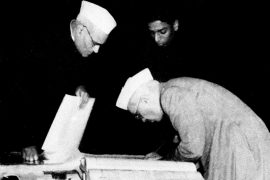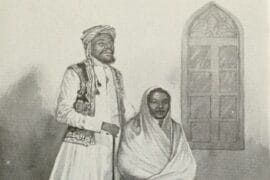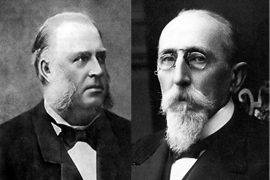In the late 18th century, a young Raja Rammohan Roy couldn’t understand why his sister-in-law was being dressed in her finest wedding outfit, mere moments after her husband had passed away. He was too young to understand even his brother’s death. But soon, he was to understand the horrific practice of Sati.
His brother’s funeral pyre was lit, the Brahmin priests chanted their mantras and the young widow was dragged towards the flames. She was terrified. Rammohan objected and tried to save her, but to no avail. The girl was burned alive, while people chanted “Maha Sati! Maha Sati!” (A great wife!). She was 17.
The event left a deep imprint on Rammohan. Not so much on the people around him, however, for the burning of a widow after her husband’s death was a common practice in those days. Several orthodox Hindu Brahmins hailed the rite – Vijnaneswara in the 12th Century Chalukya Court and Madhavacharya (13-14th Century) hailed the practice as a pious act that absolves women of their sins, guaranteeing salvation.
There are many accounts by European colonizers of Sati being performed in the subcontinent. One such account was by the Frenchman, John Colbert, Finance Minister of Louis XIV, who wrote a letter describing two instances of Sati in 1664. One was of a middle aged lady who voluntarily committed herself to the act, the other a 12-year-old girl who was terrified and pushed into the flames by the Brahmin priests in Lahore.
-30-
Copyright©Madras Courier, All Rights Reserved. You may share using our article tools. Please don't cut articles from madrascourier.com and redistribute by email, post to the web, mobile phone or social media.Please send in your feed back and comments to [email protected]











